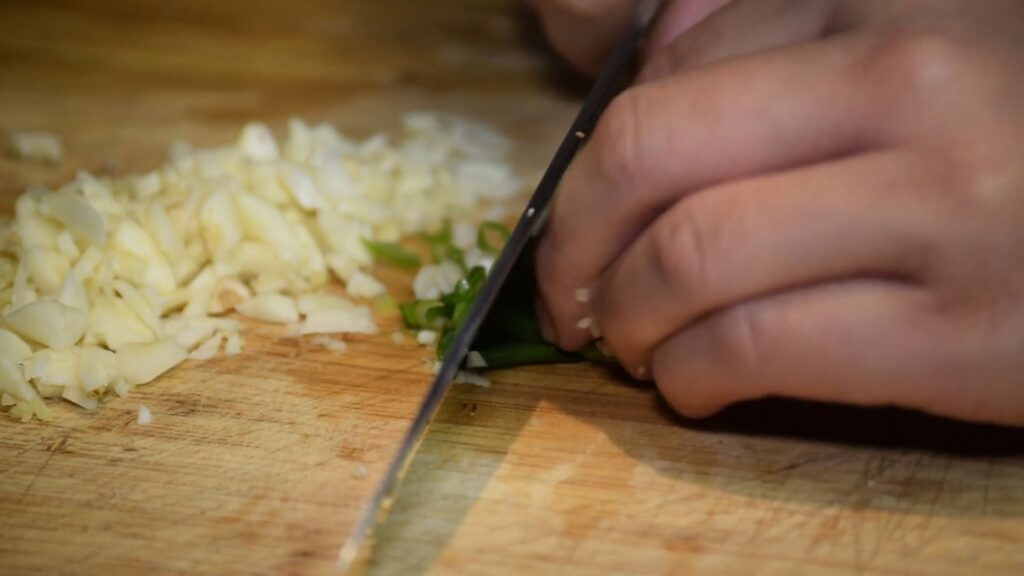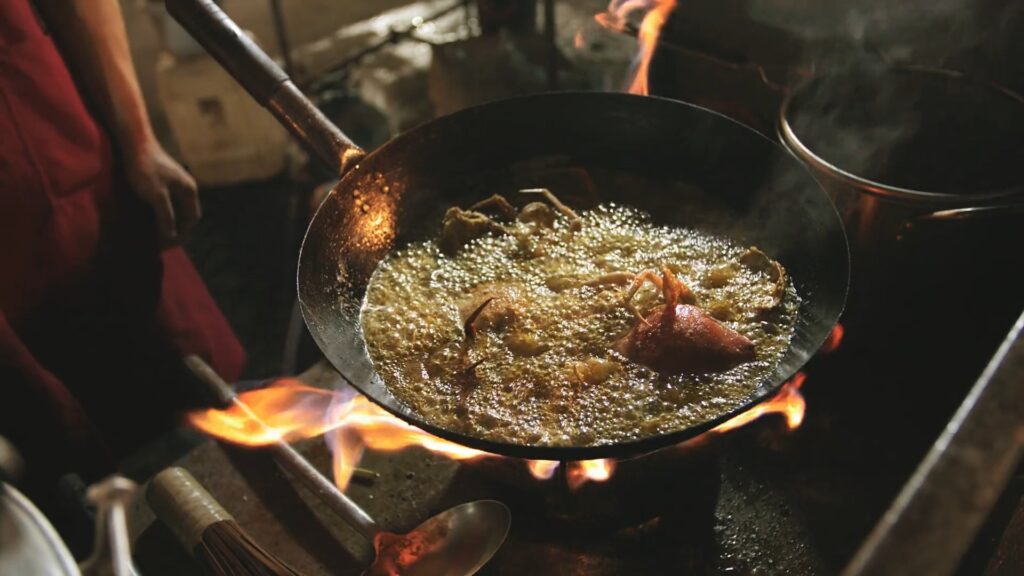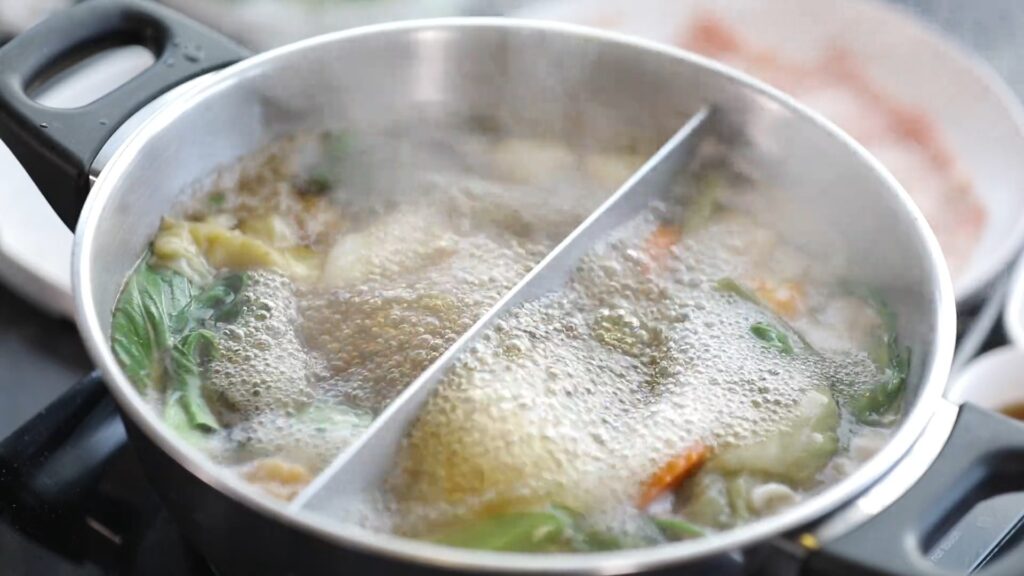Cooking is a skill that requires precision, and following a recipe is one way to ensure that you get your desired results. However, many novice cooks find themselves intimidated by the vast array of terms and abbreviations found in most recipes. Understanding these terms is essential for creating delicious and well-executed meals. In this article, we’ll provide a breakdown of some of the most common recipe terms and abbreviations so that you can feel confident in the kitchen.
Tsp, Tbsp, and Cup
One of the most fundamental aspects of cooking is measuring ingredients. This is where abbreviations such as tsp, tbsp, and cup come in handy. Tsp stands for teaspoon, while tbsp stands for tablespoon. It’s essential to know the difference between the two since a tablespoon is larger than a teaspoon. When a recipe calls for “1 tsp salt,” you’ll need to use a smaller measuring spoon, while “2 tbsp sugar” requires a larger one. A cup is a larger measurement, often used for liquids or larger quantities of dry ingredients.
Chopped, Minced, and Diced
These three terms refer to different ways of cutting ingredients into smaller pieces. Chopped ingredients are cut into irregularly shaped pieces, while diced ingredients are cut into uniformly sized cubes. Minced ingredients are finely chopped and often used in recipes where texture is crucial. Knowing the difference between these terms is essential for ensuring that your ingredients are cut to the correct size, which can affect cooking times and the overall flavor and texture of your dish.

Simmer, Boil, and Blanch
Many recipes require cooking ingredients at specific temperatures, and understanding the difference between simmering, boiling, and blanching is essential for getting this right. Simmering involves heating a liquid until it reaches a temperature just below boiling. This gentle heat allows flavors to meld together slowly and helps prevent delicate ingredients from overcooking. Boiling involves heating a liquid to its boiling point, which is when the water in the liquid reaches 212 degrees Fahrenheit. Blanching involves boiling vegetables briefly before plunging them into ice water to stop the cooking process. This technique is often used to preserve color and texture.
Zest, Peel, and Grate
These three terms refer to ways of preparing citrus fruits. Zest is the brightly colored outer layer of the fruit’s skin, which contains flavorful oils that can add a pop of flavor to dishes. To zest a fruit, you’ll need a zester or a fine grater. Peeling a fruit involves removing the skin entirely, which is often necessary before cutting it into sections or using it in a recipe. Grating a fruit involves using a coarse grater to shred it into small pieces, which can be used in baking or added to dishes for flavor.
Bake, Roast, and Broil
Knowing the difference between baking, roasting, and broiling is essential for achieving the correct texture and flavor in your dishes. Baking involves cooking food in an oven at a set temperature, usually between 300 and 450 degrees Fahrenheit. Roasting involves cooking food in an oven at a higher temperature, often between 400 and 450 degrees Fahrenheit. This technique is often used for meats and vegetables. Broiling involves cooking food under direct heat in the oven, which can give dishes a crispy texture and caramelized flavor.
Fold, Mix, and Beat
When recipes call for combining ingredients, they may use terms such as fold, mix, or beat. Fold involves gently combining ingredients with a spatula, often used for incorporating delicate ingredients like whipped cream or egg whites into a batter. Mixing is a more aggressive form of combining ingredients, often done with a whisk or electric mixer. Beat involves mixing ingredients at a high speed until they become light and fluffy, often used for making whipped cream or buttercream frosting.

Saute, Fry, and Pan-Fry
Cooking with heat is essential in the kitchen, and understanding the different ways to cook ingredients can help you achieve the desired flavor and texture. Saute involves cooking ingredients in a small amount of oil or butter over medium-high heat, often used for quickly cooking vegetables or meats. Frying involves cooking ingredients in a large amount of oil, often used for crispy foods like fried chicken or French fries. Pan-frying involves cooking ingredients in a smaller amount of oil than frying, often used for searing meats or cooking fish.
Season, Marinate, and Brine
Seasoning ingredients properly is essential for achieving delicious and well-balanced flavors in your dishes. Marinating involves soaking ingredients in a flavorful liquid, often used for meats or vegetables. Brining is a similar technique, where ingredients are soaked in a saltwater solution to enhance flavor and moisture. These techniques require planning ahead, but the results are worth it.
Understanding the lingo of the kitchen can seem daunting at first, but with practice, you’ll become more comfortable with these terms and abbreviations. By understanding these fundamental aspects of cooking, you’ll be able to execute recipes with confidence, knowing that you’re using the right techniques and achieving the desired flavors and textures. So, next time you come across a recipe with unfamiliar terms, take the time to learn and understand them. Your taste buds will thank you!
